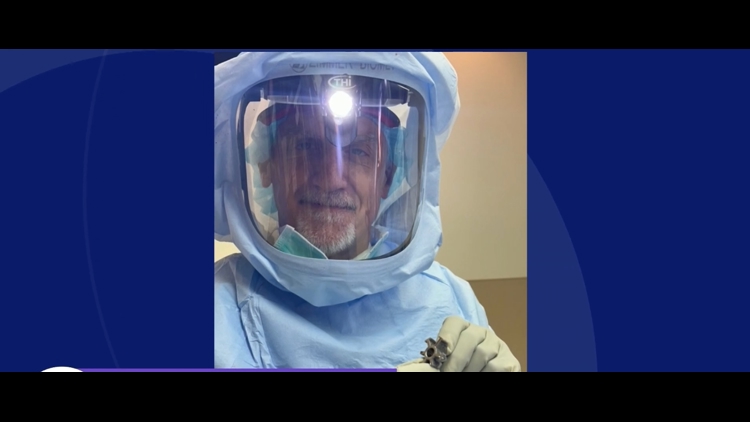
Shoulder surgery is often seen as a last resort for individuals suffering from chronic pain or injuries. Recent studies suggest that there are effective alternatives to surgical intervention, allowing patients to avoid the risks associated with surgery. According to orthopedic specialists, many patients can find relief through non-invasive treatments.
Numerous non-surgical options exist for those experiencing shoulder discomfort. Physical therapy is widely recognized as a primary method for rehabilitation. Tailored exercises can strengthen the muscles around the shoulder, improve flexibility, and enhance overall function. Evidence from rehabilitation programs shows that patients who engage in consistent physical therapy often report significant improvements in pain levels and mobility.
Understanding Non-Surgical Treatments
In addition to physical therapy, various non-surgical treatments can play a crucial role in managing shoulder pain. These include corticosteroid injections, which can reduce inflammation, and platelet-rich plasma (PRP) therapy, which utilizes the patient’s own blood to promote healing in damaged tissues.
Pain management experts emphasize the importance of individualized treatment plans. A comprehensive approach may involve a combination of medications, physical therapy, and lifestyle changes. For example, incorporating strength training and flexibility exercises into daily routines can prevent further injury and alleviate existing pain.
Research from the American Academy of Orthopaedic Surgeons indicates that many patients achieve satisfactory outcomes without undergoing surgery. In fact, approximately 60% of individuals experiencing shoulder pain can find relief through these conservative methods.
The Role of Patient Education
Patient education is vital in the journey toward recovery. Understanding the nature of shoulder injuries and the available treatment options empowers individuals to make informed choices. Healthcare providers encourage open discussions about symptoms and treatment preferences, ensuring that patients feel supported in their decisions.
Moreover, engaging with online resources and support groups can provide additional insights into managing shoulder pain. Many individuals have shared their success stories with non-surgical methods, highlighting the importance of perseverance and proper guidance.
By exploring alternatives to surgery, patients can often achieve significant improvements in their quality of life. The commitment to non-invasive treatments not only reduces the risks associated with surgery but also fosters a proactive approach to health and wellness.
Ultimately, individuals facing shoulder pain should consult with healthcare professionals to determine the best course of action tailored to their specific needs. Emphasizing a well-rounded treatment strategy can lead to successful recovery and a return to normal activities without the complications of surgery.






